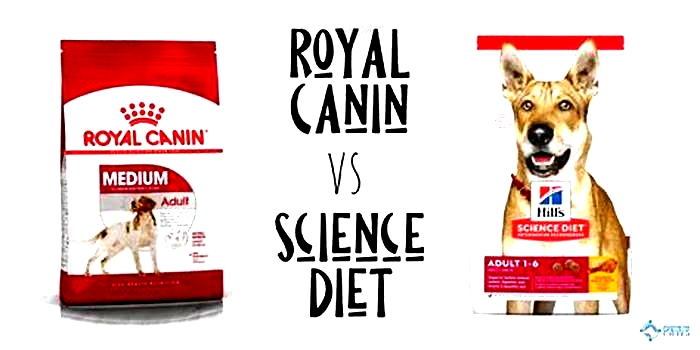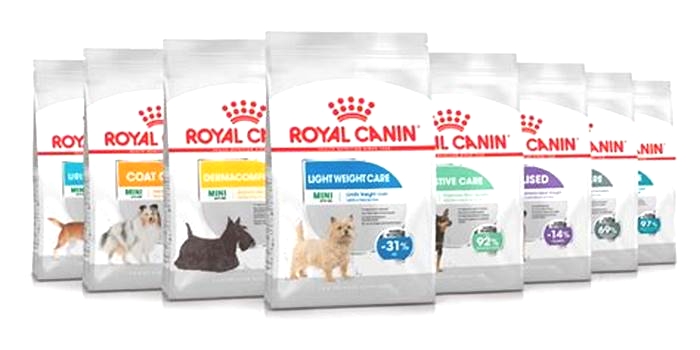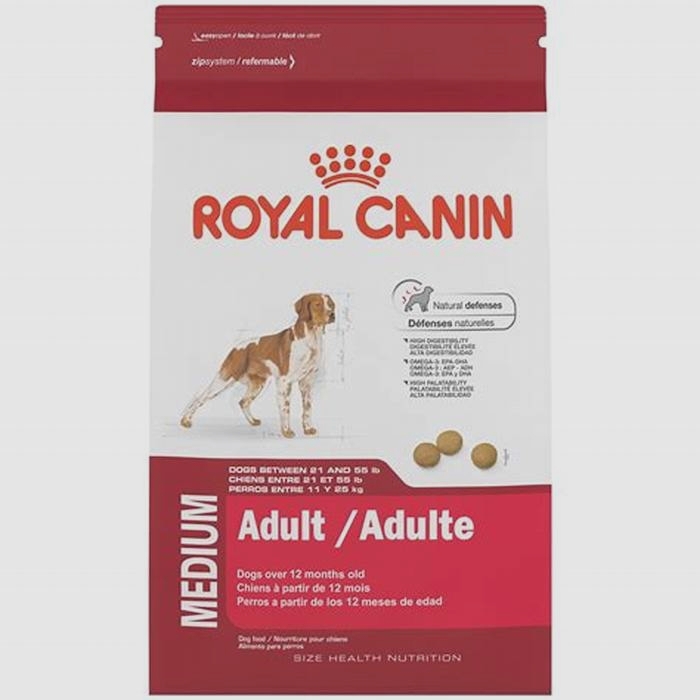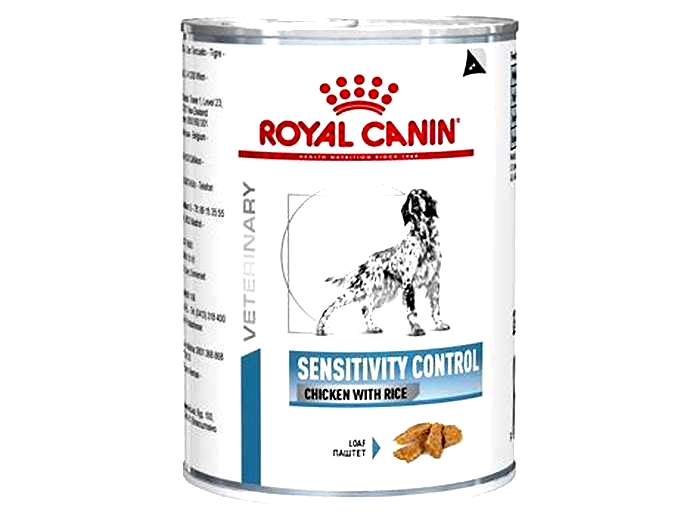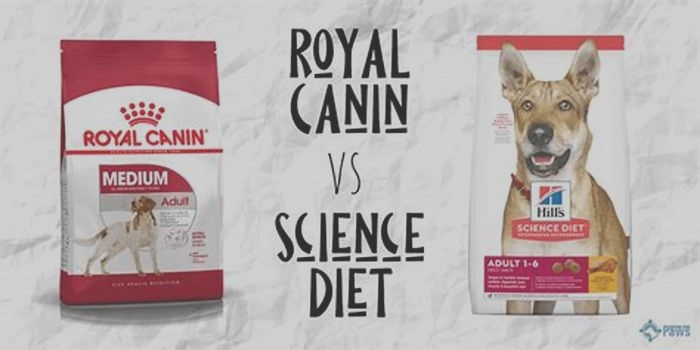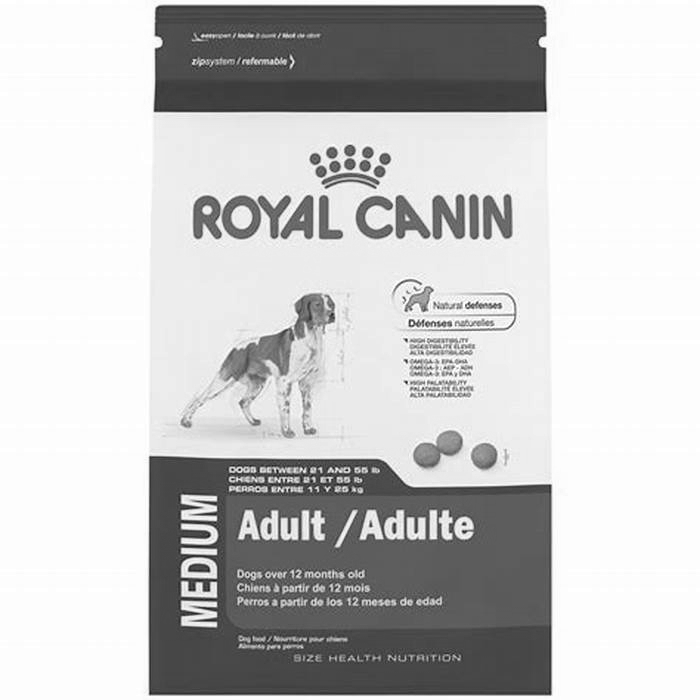What if my puppy won t eat Royal Canin
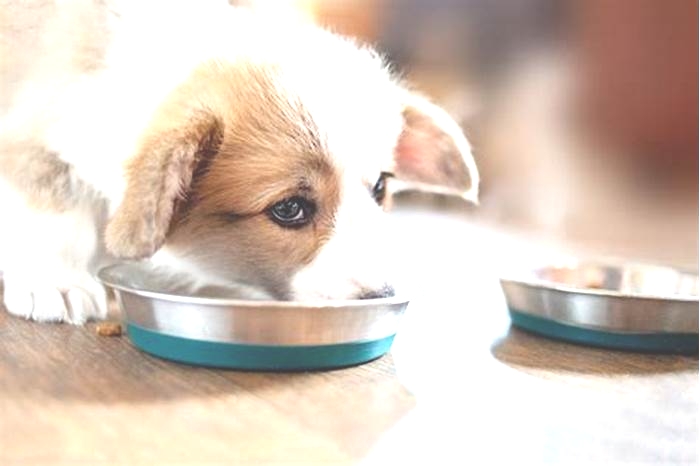
My Dog Doesnt Like Royal Canin!
Zack Keithy, our author, is a certified veterinarian technician (UC Blue Ash) for over 6 years (contact him here). The articles written here are based on his expertise and experience, combined with a review by our expert vet reviewers including Dr M. Tarantino. Learn more about us here.
Are you struggling with a picky eater who just wont touch their Royal Canin food? When I had my first dog, she was exactly the same way, and I totally didnt understand why. I always thought that if I gave dogs anything to eat, they would wipe it off their bowl right away.
Well, that didnt happen, and luckily, I have since figured out why.
If your dog does not like Royal Canin dog food, there could be a few reasons why, such as a sudden change in diet, not liking the new taste, or even possibly a health condition that deters it from eating.
In this post, I will share these in detail and give you some advice on how to transition food for your dog smoothly.
Medical Questions? Talk to a Veterinarian 24/7.Connect one-on-one with a licensed vet who will answer your questions in minutes.
Ask a Vet Nowor Schedule a home visit*Article may contain affiliate links to retailers like Amazon and Chewy. Learn more on our disclosure page.
Why Do Dogs Not Like Certain Brands of Dog Food?

Just like their humans, dogs consider the taste and texture of what they are eating.
If you give your dog a brand of dog food that doesnt suit his preference, your dog will surely ignore and hate that dog food brand.
It could also be that the brand of dog food you gave your dog triggers an allergic reaction or intolerance of your dog thats why he doesnt like it.
Another reason is that dogs can be sensitive to dietary changes, and abruptly switching to a new type of food might cause gastric problems and make your dog reluctant to eat.
Besides that, dogs can also be picky eaters just like us! Perhaps youve been serving your dog the same brand of dog food over and over that he no longer likes trying out other dog food brands that offer new tastes.
And lastly, have you or a family member been feeding your dog table scraps? If that is the case, it might be very difficult for it to accept something new right away.
Doggy says, you might be keen to read this too: Are Goldendoodles picky eaters?
Can a Dogs Taste of Food Change Over Time?
A dogs taste in food changes over time as they get older and their bodies adapt to the changes brought about by their growth stage.
Your puppys taste of food will change as he grows to be an older doggy, and your adult doggy will have a different taste of food once he becomes a senior dog.
A medical condition can also be a root cause for the change in his taste in food.
If your dog develops an allergic reaction to a certain dog food, youll certainly notice that he is eating less and less of that dog food flavor and brand.
You will also want to pay attention to emotional factors that might cause stress. When that happens, it is highly likely that its diet will be affected.
Hey there, sorry to interrupt but I wanted to tell you about an online vet service Ive been using for years.
An in-person visit with one is great, but its not always an option.
Now, thanks to technology, you can speak to one without leaving your home.
Immediate access to expertsSchedule appointments easilyGot something to ask a vet? Talk to one anytime, 24/7.
START CHATTING NOW* Dont use this service for emergencies.
Alternatively, a vet can come out to you instead (exclusive to our readers: use THEVETS15 for 15% off).
SCHEDULE AN APPOINTMENT HEREThank you. The rest of the article continues below.
Doggy says, you might be interested in reading this too: Can dogs eat deer meat?
How to Get Your Dog to Eat Royal Canin Kibble?
If youve just transitioned from another dog food brand to Royal Canin kibble, your dog might have a hard time adjusting to the new taste.
Here are some simple but useful things you can try to make your dog eat Royal Canin Kibble.
Mixing New Food With Current Food
Mixing Royal Canin kibble with the current food your doggy loves is a great idea to smoothly change your dogs food over time.
In your dogs bowl, mix 75% of the current food and 25% of Royal Canin kibble.
Your dog might notice something different with the flavor and smell but he will still get to taste his usual dog food so hell continue eating until the bowl is empty.
Do that for a couple of days.
You can then adjust the mix to 50-50, and slowly increase it to 25-75.
If your dog doesnt put up any resistance, you can then stop mixing and just serve Royal Canin kibble altogether.
You gotta understand this is a process that takes time.
You have to let your dog get used to the additional taste of the mixed foods before you can serve the Royal Canin Kibble.
Patience is a must to make this process successful!
Mixing With Wet Food or Broth
Royal Canin kibble might appear too dry for your dog which is why youre having a hard time making him eat it.
Mixing the kibble with wet food or broth is an ideal technique to add more texture and make it more palatable for your dog.
Puppy and senior dogs will be able to chew the kibbles easier with wet food or broth in the mix!
Of course, you still gotta be careful doing all this mixing.
Start with a small amount of wet food or broth mixed with Royal Canin Kibble until your doggys tummy gets used to this mixture of food.
When youre sure your dog has no problem digesting the combo of Royal Canin Kibble and wet food or broth, then start giving him a larger portion in his food bowl.
Making sure that the wet food or broth you are mixing matches the nutrition needed by your dogs size and age is also important!
How Much Time is Needed to Transition to New Dog Food?
The time needed to transition to new dog food is at least a week or 7 days.
These 7 days are enough to give your dog a chance to adjust to the new taste and texture of new dog food.
On the first two days, mix a lesser amount of new dog food with your dogs current food.
On the third and fourth days, you can start mixing equal portions of the new dog food and the old one.
The fifth and sixth day allows you to serve a greater amount of the new dog food and a lesser amount of the old food.
By the end of the week, you can already start serving the new dog food as it is to your doggy.
Watch your fur baby closely while transitioning to new dog food for potential digestive issues.
If a problem arises, its best if you consult the vet.
Potential Issues When Changing Dog Food
Changing dog food can cause digestive issues for your dog.
The transition might not go well in your fur buddys little tummy and he might have a hard time digesting the new dog food.
This can lead to vomiting and diarrhea.
Your dog might also lose appetite on the first few days of changing his dog food.
When a decrease in appetite continues, youll expect your dog to lose weight too.
Allergic reaction to the new dog food is also possible especially if your dog has sensitive health.
When transitioning to new dog food, its always best to start out slowly.
What Other Types of Food Can You Give Your Dog Besides Dry Kibble?
Wet food and homemade food are always great substitutes to give your dog besides dry kibble.
Wet food is moister and has more flavor than dry kibble, which your dog can find more delicious.
Homemade food is a convenient dog food to serve your dog.
Just boil some meat and throw in minimal seasoning, and youre good to go.
I personally go for Ollie fresh dog food.
Frequently Asked Questions (FAQs)
What to do if my dog doesnt like his new food?
Mix the new food with your dogs current food if he doesnt like his new food. This will give him some familiarity but also a little introduction to the new taste and smell of the new food.
Is Royal Canin recommended by vets?
Yes. Royal Canin is recommended by vets because the company produces optimal and healthy dog food.
In Conclusion: My Dog Doesnt Like Royal Canin
No matter what brand of dog food you are giving to your dog, just remember to transition it slowly in order to give him or her time to adapt.
If it does not work, you can always revert back to the old one you were using, or if you need a more detailed approach, a check with the vet will be very helpful.
Check out more articles about dog diets such as Zesty Paws mobility bites review, Hills Science diet vs Blue Buffalo, is YuMOVE good for dogs, and many more on our blog.
Youve made it to the end, but I hope its not the end of our journey. We want to hear your voice! Share your thoughts, problems, suggestions, or anything related to your dog in the comments section. And dont forget to join our newsletter today too.
Picky pet prescription: What to do when your pet wont eat her prescribed therapeutic diet
At Petfoodology, weve written before about how to get your picky pet to eat. The first thing we always recommend is checking in with your veterinarian to see if theres an underlying reason for a finicky appetite. But what about when you know your pet has a medical issue and has been prescribed a therapeutic diet to help manage the condition and your dog or cat wont eat it?
Therapeutic diets are intended to help manage or diagnose diseases and are an important part of the overall treatment of your pet. These diets typically have special properties that are not available in over-the-counter diets. Its important to use them correctly so theyll have the most benefit for your pet (see our post on tips your veterinarian wants you to know).
However, sometimes we find that a dog or cat wont eat their prescribed therapeutic diet or wont eat enough of it without the owner dressing it up with other foods or treats. Reduced or altered appetite is common in dogs and cats with a variety of medical conditions. Animals can have a complete loss of appetite but, more often, they have either reduced food intake (but are still eating) or have altered food preferences or variable appetite. I find the altered preferences or variable appetite to be the most common; for example, not being interested in eating in the morning but eating well in the evening; eating a diet for a few days then losing interest (but eating a different diet well); or not eating their food unless the owner adds various toppings.
Reasons for reduced or altered appetite can include the underlying condition itself (for example, heart or kidney disease, cancer, respiratory infections), medication side effects, stress, weakness, or a variety of other factors. No matter what the cause, reduced or altered appetite can make it difficult to get an animal to eat enough food or to eat the optimal diet for her underlying medical issues. Therefore, our first step is to figure out if an adjustment of medication is needed to better manage the disease or to reduce side effects of medications (adjusting doses or the medications being used). Once the medical treatment is optimized, we then look at dietary options as a way to improve intake of a therapeutic diet.
For some diseases, there are multiple commercial therapeutic diets available. A good example is diets available in the US for animals with kidney disease. At last count, there were more than 15 different diets available for dogs and more than 20 available for cats. Manufacturers have dramatically improved not only the nutrient profiles of therapeutic diets in recent years, but also how tasty they are. There are often multiple forms of diets dry, different forms of canned (minced, pate, stew) as well as different flavors and aromas. However, it is important to know that not all renal diets (or all gastrointestinal diets) have the same properties and may not interchangeable. Be sure to talk to your veterinarian or a veterinary nutritionist to find out the best options for your pet. I typically identify several different products with a similar nutrient profile that is optimal for each animal so that the owner can try them and find out which one the pet likes best. Having multiple diets with similar profiles also provides multiple options for animals with reduced or altered appetite which may need a rotation of diets.
For some medical conditions, there may be over-the-counter options that will work if cost of therapeutic diets is too high or if you need more options to improve your pets appetite. However, be sure to talk to your veterinarian first before trying any diet not specifically recommended by him or her for your pet. Even if an over-the-counter diet was recommended on the internet or by a friend, it may not be a good choice for your pet. And dont forget that the therapeutic diet is not the only important part of your pets diet. You can counteract all of the beneficial effects of a therapeutic diet depending on the treats, table food, and foods used to give medications to your pet so be sure to talk to your veterinarian about ones that are appropriate for your pet (for example, if youre feeding a low sodium therapeutic diet for your dog with heart disease, you should also be sure any treats, table foods, rawhides, supplements, and foods used to give pills are low in sodium as well).
What are some other ways to get your pet to eat her therapeutic diet?
- If theres a chance your pet might be nauseous, talk to your vet about possible treatments to address this issue. Its difficult to get pets to eat well if theyre feeling nauseous.
- Go into it with a positive attitude. Pets are very intuitive and if they sense youre hesitant or anxious, they may assume the same about the food before even trying it!
- Flavor enhancers: Depending on your pets underlying medical issues and recommended therapeutic diet, there may be specific foods that you can add to make his diet even tastier. Your veterinarian or a Board-certified Veterinary Nutritionist can help you with recommendations. For flavor enhancers and other tips for dogs and cats with heart disease, check out our HeartSmart website.
- Temperature: If youre feeding a canned therapeutic diet, experiment with different temperatures. Most cats prefer their canned food at room temperature or slightly warm (be careful not to get it too hot), but dogs are more variable some prefer it slightly warm, some prefer room temperature, and some actually prefer it cold or even briefly frozen!
- Appetite stimulants: There are now two FDA-approved drugs that help to stimulate appetite Mirataz (mirtazapine transdermal ointment) for cats and Entyce (capromorelin oral solution) for dogs. Talk to your veterinarian about appetite stimulants if your pet isnt eating enough of an optimal therapeutic diet for his underlying condition.
- Feeding tubes: Feeding tubes are a great solution for many pets with short-term or long-term conditions that are associated with reduced or altered appetite, such as chronic kidney disease. Pets do very well with feeding tubes and they can carry on an otherwise normal lifestyle at home. Feeding tubes can maintain pets body weight and muscle mass to help keep them strong. But they also can improve quality of life of both the pet and pets human family since feeding tubes can help reduce the stress of feeding your pet adequate amounts of the optimal diet and provide an easy way give many medications.
Therapeutic diets can be very beneficial as part of your pets medical treatment. I hope these tips help to make feeding them a little easier for you and your pet.

Dr. Freeman is a veterinary nutritionist and a professor at Cummings School of Veterinary Medicine at Tufts University. She is on the cutting-edge of science, with hundreds of articles in prestigious journals, speaking engagements at national and international conferences, and awards for her scientific achievements. However, she also is passionate about providing objective and accurate information on pet nutrition to veterinarians, pet owners, and other animal enthusiasts.
Want to read more information on feeding your pet?
Subscribe to always know when we add new material!
Recommended Posts
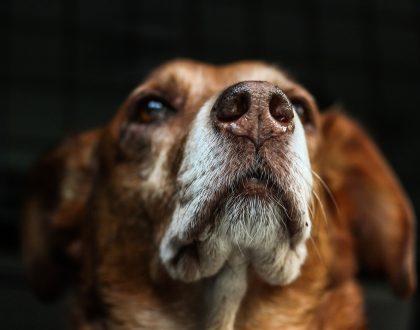
January 18, 2024

December 08, 2023
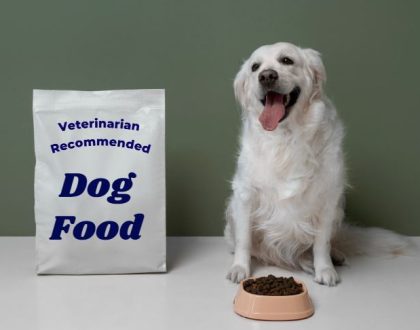
November 05, 2023


